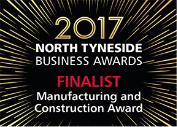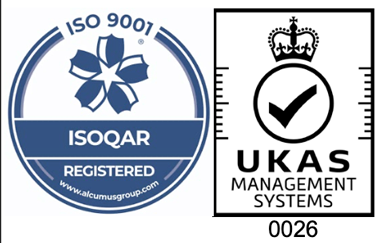What machinery is used in the rubber industry?
3rd December, 2018
On top of that, the machinery that we use must perform reliably, fit easily into the installation or facility, and be flexible enough to change with the business as it grows. So, what machinery is used in the rubber industry? Read on to find out…
What types of processes does rubber manufacturing involve?
There are many different types of processes involved in the manufacturing of rubber, some more relevant to specific projects than others. In this post, we’ve decided to give you the run-down of the most common processes so you get an idea as to which machinery is necessary to manufacture different rubber products.
Compounding
Compounding machines are designed to measure out the right quantities of raw rubber, process oils, carbon black, bulk fillers, and rubber chemicals to create a rubber compound. They then mix these elements together, creating a rubber compound that is ready for processing.
Extrusion
Extrusion machines force uncured rubber through a die under pressure. This creates a shaped sheet – or ‘profile’, as it is known within the industry. A set of rotating knives (or die face cutters) then convert the resulting extruded material into slugs or pellets for further processing.
Calendering
Calendering machines contain horizontal rollers through which rubber material is passed. Often, they are used to combine rubber sheeting with another material or fabric, in a process known as frictioning or combining.
Vulcanisation
Vulcanising rubber can involve a number of different machines and processes depending on the desired result. The type of product will also determine which vulcanisation method is used.
For example, compression moulding machines press uncured rubber between heated moulds. The rubber compound fills the mould cavity before it is cured, producing the finished article.
And for precision mouldings, a manufacturer may utilise the injection moulding method of vulcanisation. In this case, rubber is preheated and forced into a mould cavity by a rotating screw, where it cures.
Latex Processing
To create latex, rubber particles are dispersed into an aqueous phase. Typically, it is used in applications where a thin yet tensile material is necessary, such as for gloves and balloons. Latex dipping machines use a porcelain or aluminium mould that is dipped into the latex compound. Once set, the machinery washes, air dries, and vulcanises the product with steam.
Polyurethanes
Polyurethanes are used to create a wide variety of products, including lacquers and coatings, as well as flexible foam. To create PU foam, a machine releases gas into a reacting mixture of isocyanate and polyol. When the reaction is complete, the material is formed around the gas bubbles.
How safe is rubber processing equipment?
For those working in a manufacturing facility, keeping an eye out for the dangers of heavy machinery is extremely important. The Health and Safety Executive regularly updates and publishes guidelines for the operation of heavy machinery; particularly those involved in the processing of rubber.
For example, rubber compounding machines carry fire and explosion hazards due to additives like sulphurs and certain organic peroxides, which are used as curing agents. In these instances, it’s important that workers take particular care in storing incompatible materials safely.
Bespoke rubber products from Aquaseal
If you’re looking for a rubber company where product quality and customer service comes first, feel free to call 0191 266 0934 or drop an email to enquiries@aquasealrubber.co.uk.


